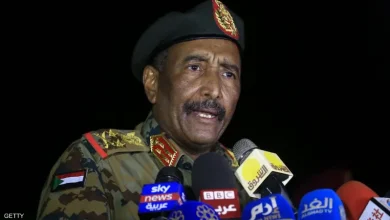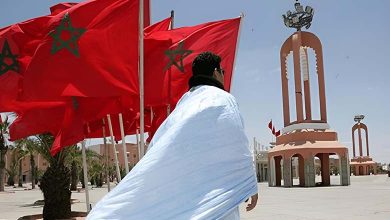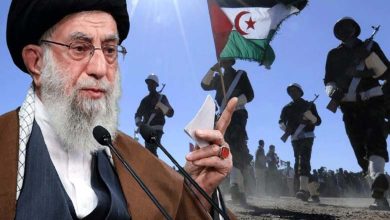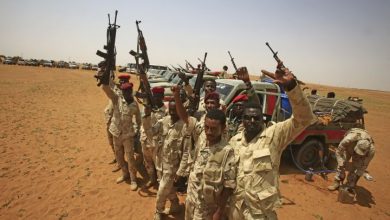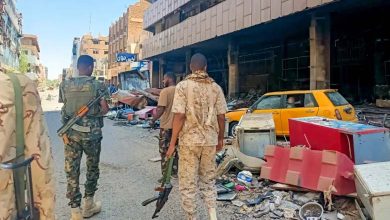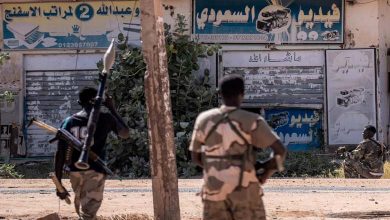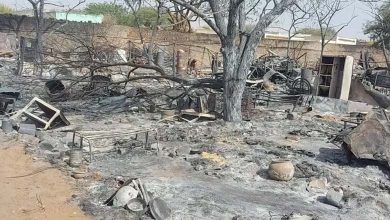Strange Relationship Connects Islamic Group in Lebanon with Hezbollah
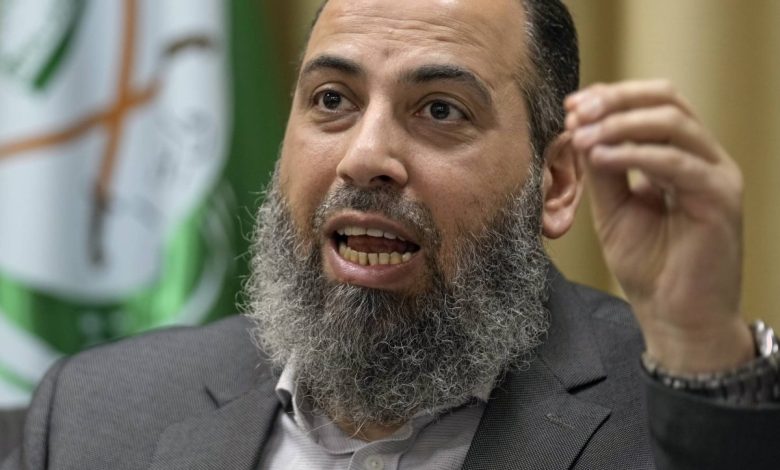
The shift of the Islamic group in Lebanon towards closer relations with Hezbollah has highlighted disagreements and differences bordering on rebellion, expressed by some leaders of the group founded in the late 1950s and early 1960s by Fathi Yakan and Faysal al-Mawlawi, influenced by the thinking of Hassan el-Banna and Sayyid Qutb in Egypt, and Mustafa al-Siba’i in Syria, as well as translated and adapted works of Abul A’la Maududi in Pakistan.
The opening of relations with Hezbollah also reflects the close relationship between Hezbollah and the Islamic Resistance Movement “Hamas,” also an extension of the ideology of the Egyptian Muslim Brotherhood in Gaza and the West Bank, in a tangled ideological convergence marked by sectarian differences and loyalties due to the attachment of the Lebanese Shiite group to the concept of Velayat-e Faqih in Iran.
Since the beginning of the escalation about six months ago, the “Islamic group” has claimed responsibility for several attacks launched from southern Lebanon towards Israel, including “operations jointly with Hamas,” according to a leader of the group who requested anonymity.
Implications of the Return of the Dawn Forces in Lebanon
The name of the Dawn Forces, the armed wing of the Islamic group considered the Lebanese branch of the Muslim Brotherhood, has resurfaced through operations targeting Israeli army positions along the Lebanese border.
This return has implications that underscore its importance in the context of the current situation, the aggression of the Israeli army against the Gaza Strip, and its declaration that its goal is to strike Palestinian resistance factions in the sector, led by the al-Qassam Brigades, the military wing of the Islamic Resistance Movement (Hamas).
Going back a bit, the first appearance of the Dawn Forces was during the Israeli invasion of Lebanon in 1982, but their name practically disappeared from the Lebanese scene, especially after the liberation of southern Lebanon in 2000, except for timid activity during the July 2006 war.
Activation of the Military Wing
The name “Dawn Forces” has reappeared in recent years in the Lebanese media under the title “activation of the military arm of the Islamic group.”
Since the beginning of the Storm Al-Aqsa operation on October 7th, southern Lebanon has been the scene of daily attacks on Israeli sites and settlements adjacent to the Lebanese border, and the “Dawn Forces” have claimed some of these operations.
The Forces announced launching a missile strike targeting “Israeli enemy” sites in the occupied territories, causing direct damage.
Despite the absence of a joint operations room between the party and the Dawn Forces, as well as the political differences that have deepened between the party and the Islamic group during the Syrian revolution, what Hezbollah is doing today indicates a change in its policy towards Sunni Islamic components in Lebanon after more than ten years of deal-making.
The party also understands the sensitivity of its domestic position, as the Lebanese scene is ready to explode at any moment under multiple sectarian titles.
Thus, Hezbollah seeks to involve various Lebanese parties, especially Sunnis, in the resistance action, to preempt any attempt to present the war as directed against the party alone in any potential war.
Important Gains
In return, the Islamic group has achieved several significant gains by participating in resistance activities against the occupation, with the title of “resistance” serving as a significant popular and political lever for those who hold it within Lebanon.
The vacuum experienced by “Sunni Lebanon” – since the decline of the Future Movement – has made the ground fertile for any investment at the Sunni grassroots level.
However, the head of the political bureau of the Islamic group asserts that the operations of the “Forces of Dawn” in southern Lebanon do not mean that the Islamic group is aligned with any external axis.
Dr. Bassam Hamoud, deputy head of the group’s political bureau, also confirmed this by saying, “We are not in full alliance with Hezbollah… We differ with them on some issues, but we are with them when it comes to resistance against Israel.”
These statements reflect a pragmatic policy of the group, attempting to maintain sufficient maneuvering space in the face of any changes in alliances, timelines, and internal and regional power balances.
Previous relations between the “Islamic group” and “Hezbollah” have seen tensions, particularly after the outbreak of the Syrian war in 2011 due to the deterioration of relations between Hamas and the Syrian regime.
-
Leadership du Hamas seeks to disavow and hold Sinwar accountable to facilitate a ceasefire agreement
Abu Yassin said, “We had differences and continue to have them regarding (Hezbollah‘s) involvement in the war alongside the Syrian regime.”
However, their relationship with Hezbollah has improved again, especially since the election of a new leadership in September 2022, closer to Hamas, led by Secretary-General Sheikh Mohammad Taqoush, according to Al-Haj Ali.
The official, who asked not to be named, said, “Today, we are in the same trench when it comes to the Palestinian issue.”
Politically, the “Islamic group” does not wield much weight, represented by only one deputy in the Lebanese Parliament, Imad al-Hout, but it is present in Sunni areas, including border villages in the Arsal region, according to Al-Haj Ali.
Its military wing, known as the “Forces of Dawn,” comprises about 500 members, according to the researcher’s estimates.
The “Islamic group” was founded in Lebanon in the early sixties and belongs to the school of the Muslim Brotherhood and the intellectual legacy of Hassan el-Banna.
The official emphasized that the group did not participate in the Lebanese civil war, which lasted from 1975 to 1990, but it founded its military arm, the “Forces of Dawn,” in 1982 to combat Israel’s invasion of Lebanon and subsequent occupation of the South.



